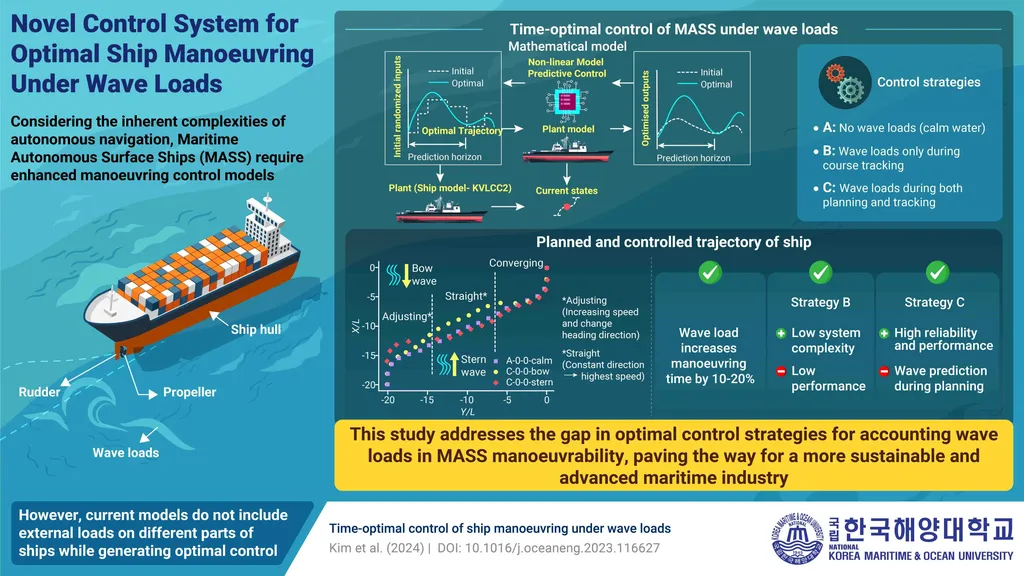Researchers Zhuoyue Zhang and Haitong Xu have delved into the critical challenges of autonomous navigation in maritime domains, particularly focusing on Maritime Autonomous Surface Ships (MASS). Their work synthesizes findings from 100 studies, addressing key barriers such as opaque decision-making and poorly calibrated human-automation interaction, which are crucial for the safe adoption of MASS.
Zhang and Xu map the Guidance-Navigation-Control (GNC) stack to shore-based operational modes, specifically remote supervision (RSM) and remote control (RCM). This mapping helps identify where human unsafe control actions (Human-UCAs) are most likely to occur, particularly during handover and emergency situations. Their research underscores the importance of transparency features in autonomous systems, such as decision rationales, alternatives, confidence/uncertainty indicators, and rule-compliance markers. These features are shown to enhance understanding and support better trust calibration between human operators and autonomous systems, although reliability and predictability often dominate trust considerations.
The researchers distill design strategies for transparency at three critical layers: sensor and situation awareness (SA) acquisition and fusion, human-machine interface (HMI) and external human-machine interface (eHMI) presentation, and engineer-facing processes. For the sensor and SA layer, they highlight the use of textual and graphical overlays, color coding, conversational and immersive UIs to present data effectively. At the HMI/eHMI layer, resilient interaction design, validation, and standardization are emphasized to ensure robust and reliable interactions. These strategies aim to improve the overall safety and efficiency of MASS operations.
Zhang and Xu also integrate methods for identifying Human-UCAs, such as the Systems-Theoretic Process Analysis for Cyber-Physical Systems (STPA-Cog) combined with the Interaction Design Analysis Method (IDAC). They propose quantitative trust and SA assessment tools and operator workload monitoring systems to ensure that human operators can effectively manage and collaborate with autonomous systems. The research outlines regulatory and rule-based implications, including the formalization of the International Regulations for Preventing Collisions at Sea (COLREGs) and the importance of route exchange protocols.
The researchers conclude with an adaptive transparency framework that couples operator state estimation with explainable decision support. This framework aims to reduce cognitive overload and improve the timeliness of operator takeovers, thereby enhancing the safety and efficiency of MASS operations. They highlight actionable figure-of-merit displays, such as Closest Point of Approach (CPA) and Time to Closest Point of Approach (TCPA) risk bars, robustness heatmaps, transparent model outputs, and comprehensive training pipelines as near-term levers for safer MASS operations. These findings provide a roadmap for developing more transparent, trustworthy, and effective autonomous systems in the maritime domain. Read the original research paper here.

